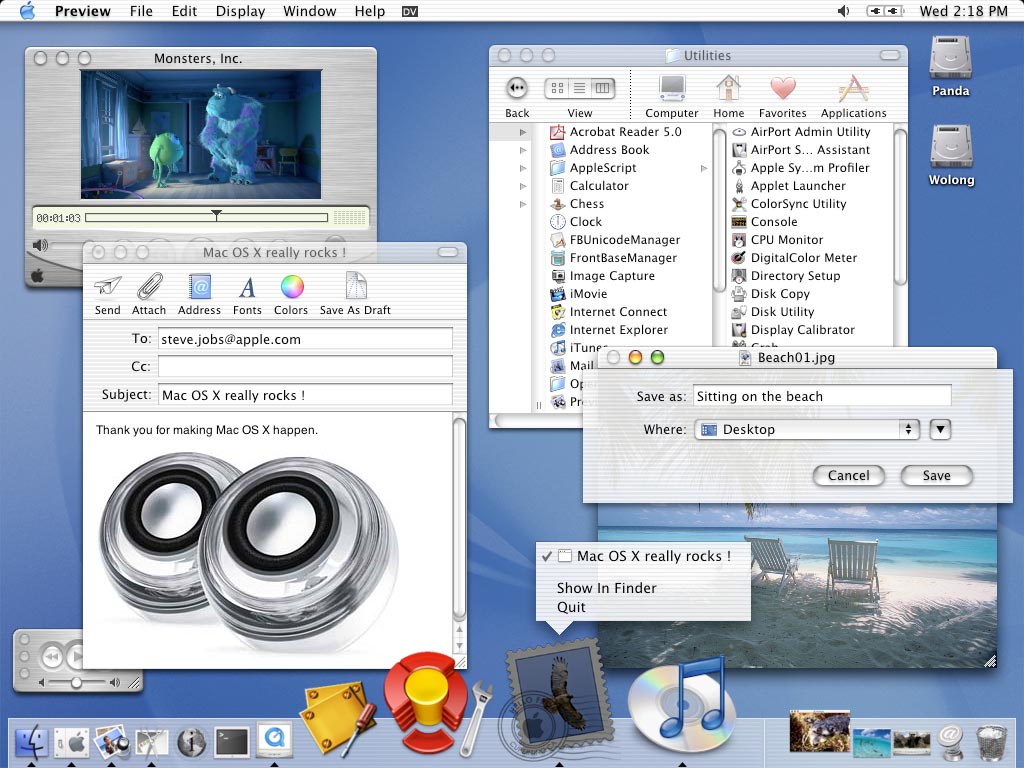
Mac users typically run several apps at the same time, often viewing windows from multiple apps on one desktop and switching frequently between different windows - moving, resizing, minimizing, and revealing the windows to suit their work style. In macOS, people are accustomed to interacting with app windows as distinct objects. For guidance, see Multitasking for developer guidance, see Scenes. To create a great iPadOS experience, you need to ensure that your windows and scenes look and behave the way people expect. For example, people can view two or three apps onscreen at the same time or open multiple windows in the same app. In contrast, iPadOS supports multitasking and multiple windows, so people can be aware of an app’s window as a visually distinct object. For developer guidance, see Scene and UIWindow. In these cases, you don't need to design the appearance of the windows or scenes in your app or game. For example, in platforms where the default experience is full screen, like iOS, tvOS, and watchOS, people view and interact with the content inside a window - they don't view or interact with the window itself.

A window contains the views and components that present the user interface of your app or game.ĭepending on the platform, device, and context, a window (or scene) can be undetectable.


 0 kommentar(er)
0 kommentar(er)
